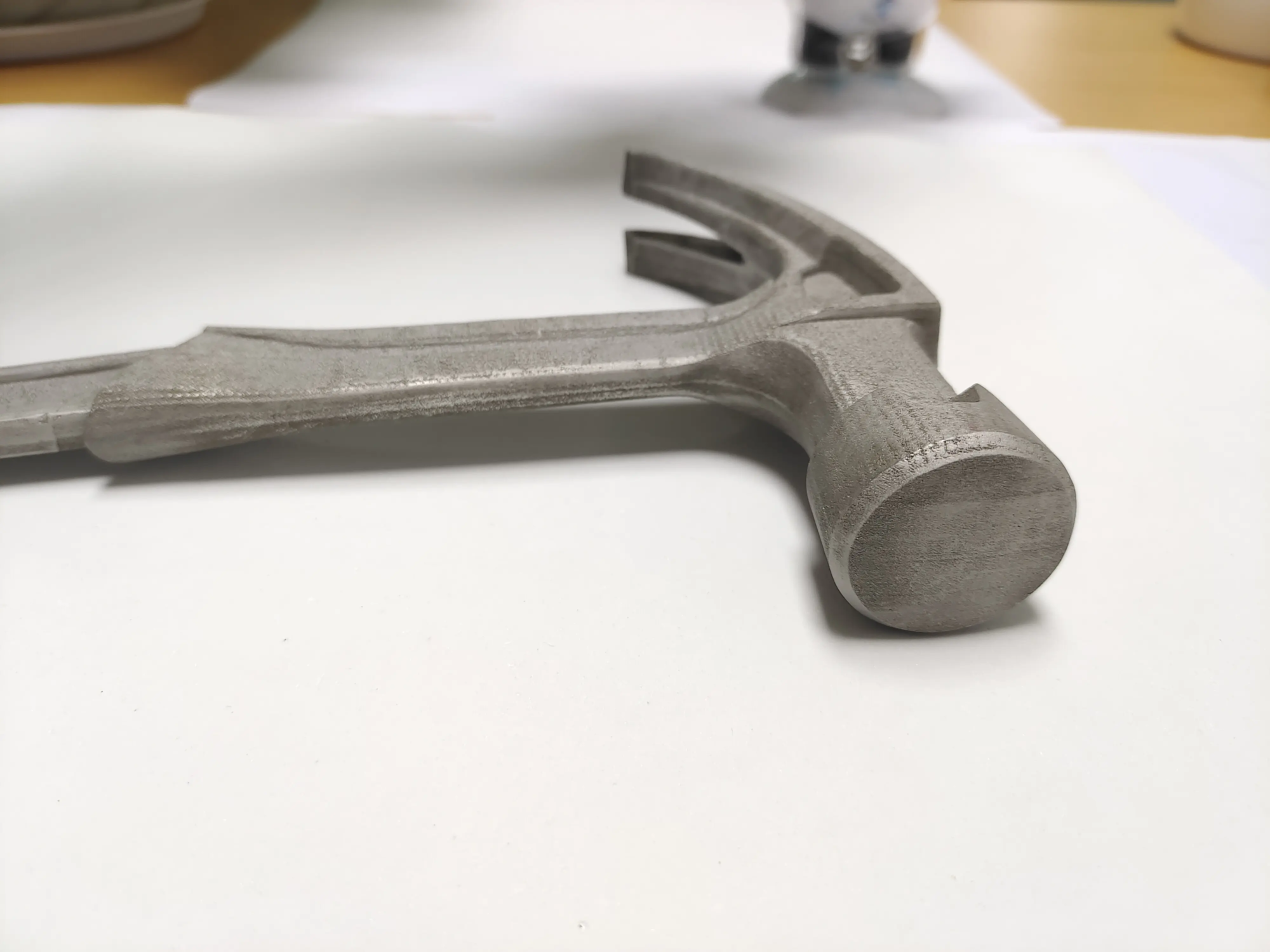3D printing is revolutionizing the medical industry, covering everything from implants and surgical guides to personalized patient equipment. This technology helps doctors and medical students provide more targeted and personalized treatments. Different 3D printing technologies (such as FDM, SLA, PolyJet, SLS, MJF and LPBF) have their own advantages in medical applications, especially in the use of metallic materials. Choosing appropriate technology and materials meeting biocompatibility requirements is very important to ensure therapeutic effectiveness. As new materials continue to emerge, medical 3D printing continues to expand.
still growing3D printingmedical devices market
According to market research by Insight Partners, the medical 3D printing market is expected to reach $10.65 billion by 2031, with an average annual growth rate of 17.5%. This growth is mainly due to the customization benefits of 3D printing. Using CT, MRI and 3D scanning technology, digital models that precisely match the patient’s anatomy can be created. At the same time, additive manufacturing not only speeds up production, but also provides more material choices, making it widely used in the medical industry.
This technology enables the rapid and precise production of personalized medical implants, preoperative surgical guides and other medical devices. Each manufacturing process and material has different characteristics and is suitable for various medical applications and patient needs. We then present several polymer materials designed for medical devices and related technologies.
Applications of biocompatible polymer materials in the medical field
One of the main applications of 3D printing in the medical and health field is the production of tailor-made prostheses and implants. Biocompatibility is crucial for these devices because they come into direct contact with the human body. Several technologies are already on the market to meet this need, with HP’s Multi Jet Fusion (MJF) technology being particularly popular because it can produce small parts with excellent surface finishes while reducing printing time and by increasing profitability. MJF is also able to provide sustainable options for recycling unused materials.
Children’s medical helmets (cranial orthoses) are used in helmet molding therapy to gently correct the shape of an infant’s skull. (Image source: Carbone 3D)
White nylon 12 PA, often used with MJF technology, is the biocompatible material of choice for orthopedic prostheses and implants. The material has been certified for medical use, is suitable for human contact and is easy to sterilize and customize. Its white exterior also provides flexibility for color customization.
Medical device printed with MPU 100 (Photo: Carbon 3D)
MPU 100 is a key material in the field of wearable medical devices, especially when combined with Carbon’s Digital Light Synthesis (DLS) technology. This resin-based 3D printing method produces parts of comparable quality to injection molding, with excellent mechanical strength, resolution and surface finish. Today, MPU 100 has become an ideal choice for custom medical devices and wearable prosthetics due to its biocompatibility, durability, abrasion resistance, chemical resistance and easy sterilization, in especially for customized devices requiring long-term use.
Applications of other 3D printing materials in anatomical models and medical devices
Anatomical models, surgical guides, and other medical equipment are also common applications of 3D printing in the medical field, including non-implantable devices. Non-biocompatible materials can be used when the device does not require direct contact with the patient, particularly during the prototype or development phase of the device.
Among them, in the prototyping and production of final products of medical devices, 3D printing often uses ABS material, which is a solid polymer suitable for fused deposition modeling (FDM), especially suitable for anatomical models requiring operations frequent. Stratasys has developed ABS-M30i, a biocompatible material that meets medical industry standards and exhibits excellent dimensional stability and heat resistance, making it suitable for manufacturing precise and durable medical parts.
Medical equipment printed with ABS-M30i (Image source: Dinsmore)
Additionally, the durability of BioClear resin makes it an ideal material for manufacturing non-implantable medical devices, especially during the prototyping and development stages, where parts must withstand frequent operations and maintain their structural integrity. The strength of the resin significantly reduces the risk of breakage during transportation and medical procedures, and the resin, combined with SLA technology, enables the production of highly precise, durable and unbreakable prototypes and medical components.
Medical prototype printed with BioClear (Image credit: Dinsmore)
Evonik 6100 is a high performance resin offering excellent tensile and heat resistance. When combined with HPS technology, this resin can create complex medical components that require extremely high precision and durability. Its chemical resistance and high temperature resistance allow these components to be used in harsh environments and to withstand repeated sterilization and high temperature medical applications, making them ideal for critical medical applications.
Conclusion
These examples illustrate only a small portion of the polymer materials used in 3D printed medical devices. As the market grows, new technologies and materials are constantly emerging. Compared to traditional methods, additive manufacturing is faster and more precise, and makes it possible to produce medical equipment that is completely personalized in terms of shape and materials.The continued research and development of polymer materials is expected to bring more transformative applications and make personalized medicine more popular and effective.





